My colleague Clay Shirky calls it “Cognitive Surplus” in his recent book. Don Tapscott and Anthony Williams refer to it as “MacroWikinomics” in theirs. What is cognitive surplus? The trillion hours of free time enjoyed by the world’s educated population every year. Don and Tony describe MacroWikinomics as mass distributed collaboration on scales we’ve never seen before thanks to technology. We’re familiar with deficits and shortages, writes, Clay, but when it comes to surplus social capital, things quickly become unpredictable—especially when this capital scales thanks to the use of social networking platforms and Web 2.0 technologies. But then again, says Clay, “Many of the unexpected uses of communication tools are surprising because our old beliefs about human nature were so lousy.”
We saw cognitive surplus and macrowikinomics in action in the wake of the Haiti earthquake when more than a thousand Creole-speaking volunteers in no fewer than 49 countries around the world contributed thousands of hours of their own free time to translate tens of thousands of text messages coming from the disaster-affected population in Haiti. My colleague Rob Munro, who spear-headed this crowdsourced-translation initiative, shares the map above, which depicts the location of each volunteer based on their ISP address.
As I noted in my talk at PopTech last year, it was an emotional reaction to the breaking news on CNN that prompted me to call my colleague David Kobia at Ushahidi to launch a crisis map of Haiti. But it was access to social networks, cognitive surplus, free social networking and easy mapping tools that translated that initially private, emotional reaction into public, collective action. And this was by no means a one-off, as I recently noted in my blog post on Changing the World One Map at a Time.
The standbytaskforce.com volunteers behind the Libya crisis map have been equally inspiring. They come from diverse backgrounds and live in some 30 countries. The map above doesn’t (yet) include all the 220+ Task Force volunteers, but it gives you an idea of just how global this initiative is.
Just yesterday, I found out that one volunteer is an airside manager at Heathrow airport in charge of real-time crisis management and incident control. He jumps on Skype to help out on the Libya crisis map after the last aircraft have taken off around midnight. Another is 63 and was part of an initial group that put the pieces together leading to the modern tour business of rock and roll concerts back in the 1970s. He did the setup for the Simon & Garfunkle tour in the early 80s. A third volunteer brings 16 years of disaster management experience to the Task Force and has lead a number of international search & rescue teams around the world. I could go on, and on—there are more than 200 of such profiles!
It’s also great to see that the Task Force is nowhere close to just being a “Global North” initiative. We have volunteers from (or based in) Haiti, Ghana, Egypt, Sudan, United Arab Emirates, Tajikistan, Sri Lanka, Singapore, Australia, Samoa, Colombia and Brazil. And this is again just a subset.
These volunteers have accomplished so much over the past 7 days. An hour after UN/OCHA requested activation of the Task Force, the Tech Team launched the technical platform for the crisis map using Ushahidi, which they’ve been customizing (front-end and back-end) every day since. They launched a second map for the public just days later and in the first 3 days of that launch, the site received 18,000+ unique visitors and 44,000+ pageviews from 65 countries.
The Media Monitoring Team, Geolocation Team, Reports Team and Verification Team have mapped some 500 individual reports in just 7 days. They’ve been monitoring over 70 individual online sources almost around the clock for relevant content that can be added to the map. The Geolocation Team has found GPS coordinates for all the reports that end up on the map thanks to the Reports Team. The Analysis Team has produced a number of important heat maps and trends analysis reports for OCHA. The Verification Team has been providing quality control for the mapped data and triangulating reports whenever possible.
Meanwhile, the Task Team has focused on two core and urgent research projects solicited by the UN to improve the crisis map and their preparedness operations. The Humanitarian Liaison Team is composed of Task Force coordinators and representatives from the UN and other humanitarian groups. They facilitate communication between the teams listed above and our humanitarian partners. Between them, all of these teams have written over 1,200 Word document pages, font size 10, based on their exchanges on the Skype—again in just 7 days. Did I mention that these are all volunteers contributing their own “cognitive surplus” above and beyond their current jobs, classes, family lives?
It’s incredible to think that the Task Force only launched last October. And it’s only going to keep getting better, keep growing. Indeed, we’re now in touch with the coordinators of the United Nations Volunteer (UNV) program after I suggested to the UN in a phone conversation and my previous blog post that we tap into that resource to scale the Task Force’s support for Libya and beyond. It turns out the UN has an Online Volunteers Service (OVS) website!
According to our contacts at OVS,
“Many NGOs, governments and United Nations agencies already recognize the value of online volunteering, their satisfaction with the collaboration with online volunteers runs at 90%. In our three person OVS staff team mobilized 10,000 online volunteers from 168 countries who completed 15,000 assignments, amongst them online volunteers who supported UN OCHA Colombia in the area of disaster related data gathering and management.”
To say I’m super, super excited about this potential collaboration would be an understatement. In fact, I always grin when writing the following to recruit new volunteers: “So, you want to be a Crisis Mapper?” Totally stealing Yoda’s line from StarWars when he asks young Luke Skywalker: “So, you want to be a Jedi, hmmmm?” For me, today’s Jedis are definitely the crisis mappers I work with on the Task Force. So as I’m fond of saying:
“May the Crowd be with you, always.”
![]()
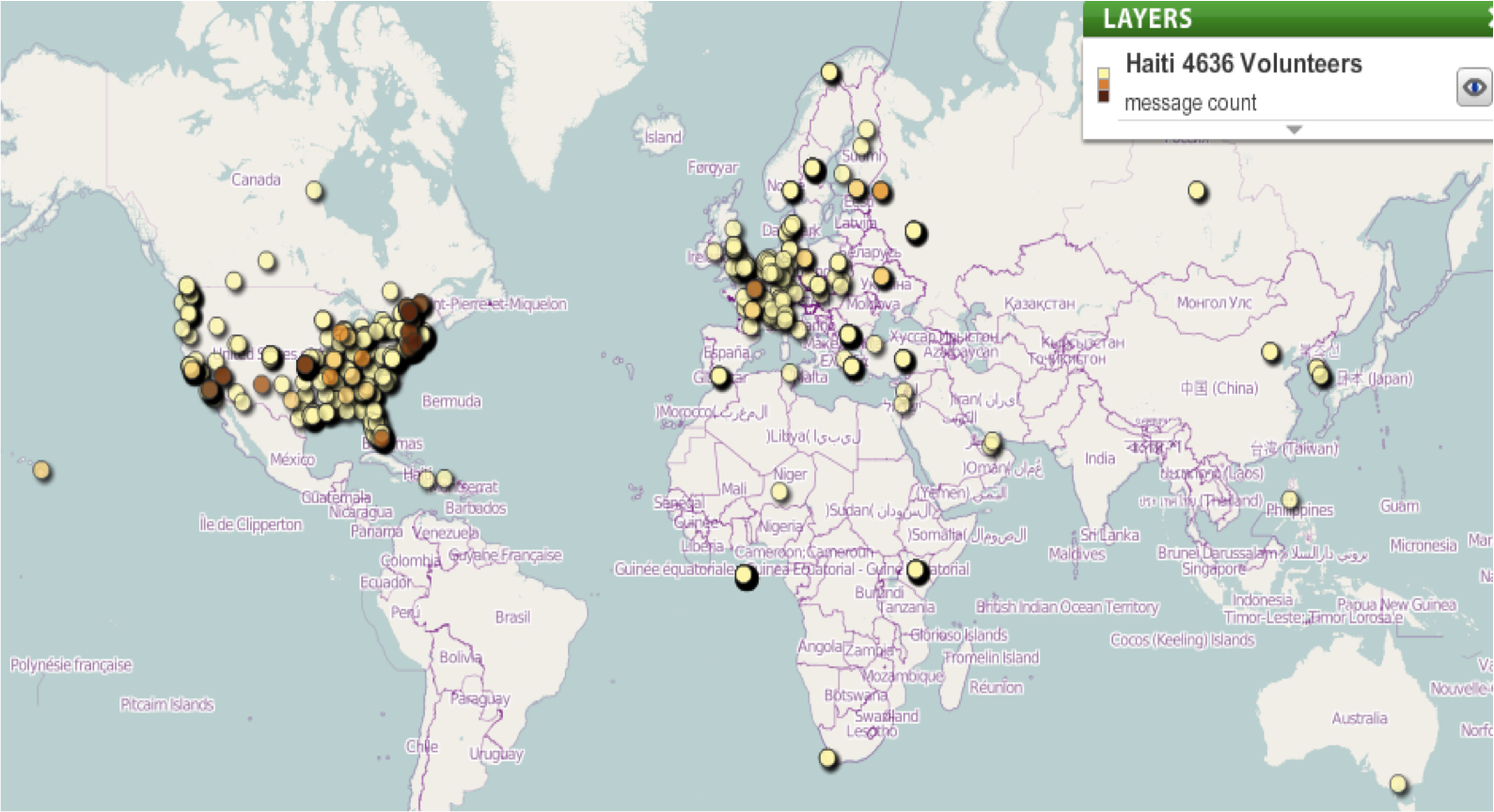
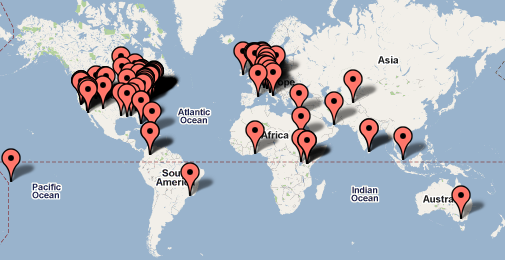
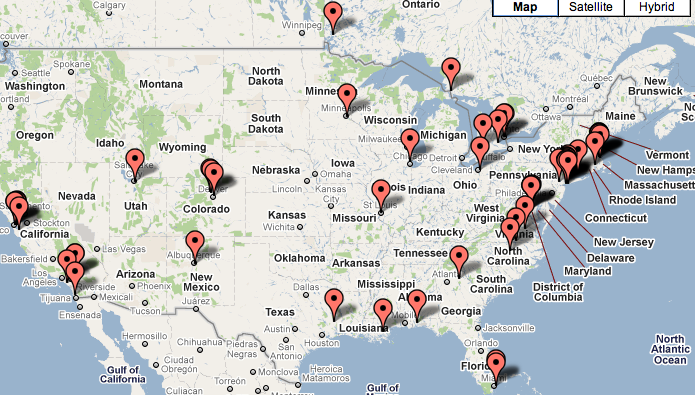
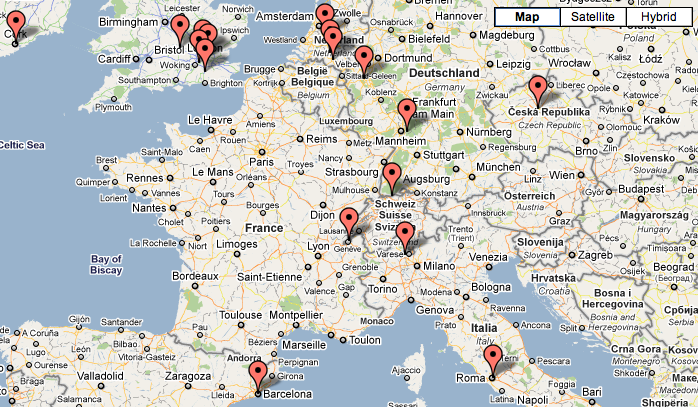
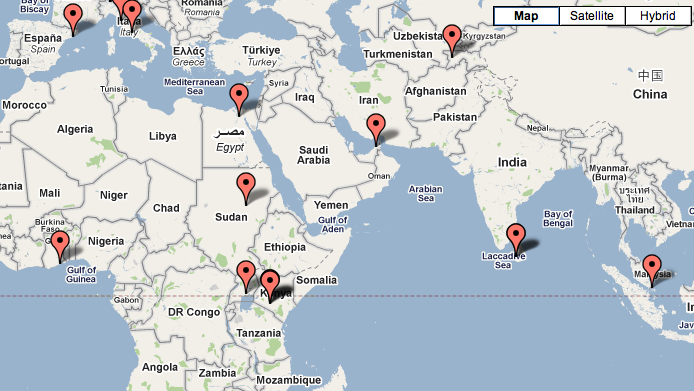
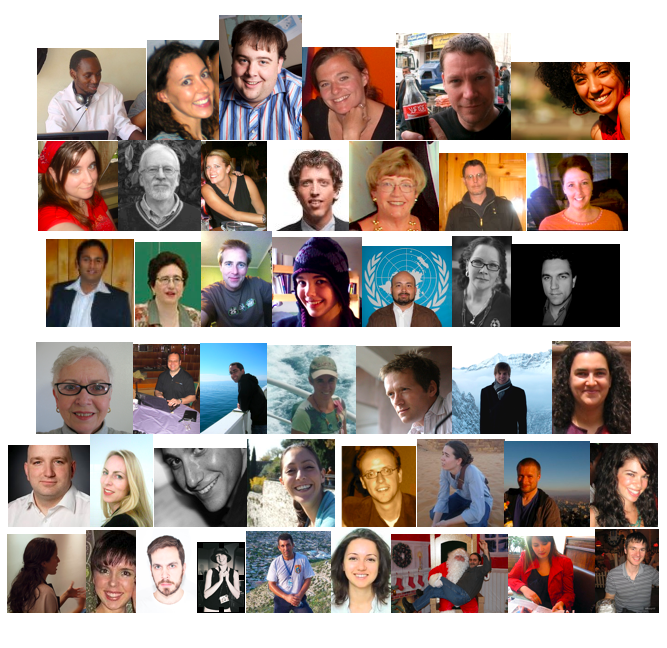

5 Comments
I AM MIGUEL KERTESZ, FROM MONTEVIDEO, URUGUAY.
I am journalist, cameraman, and a 57 years old non edited writer. I worked as a journalist on radio, TV, press and Internet.
My mother language is Spanish but I read English in a good shape and I understand French and Portuguese.
I volunteered for Spielberg’s Shoah Visual History Foundation (based in L.A. California) as a videographer.
I also was an International Observer in last Paraguayan ellections.
I spend 15 hs. a day in front of my laptop, connected. Just tell me what to do to begin doing.
Thanks Miguel, please sign up here if you haven’t already:
Thanks again!
Patrick
I wish everyone the best. Love the community, and all the info. Thanks Buy Backlinks
Buy Backlinks
libya will one day be free ,just like the rest of us
happy every day .
2 Trackbacks
[...] The standbytaskforce.com Online Volunteer Community for Live Mapping Skip to content AboutIntroducing the standbytaskforce.comThe TeamWhat we doVolunteer ProfilesEventsDocumentsSBTF documentsApply NowTask Force Partners « The Volunteers Behind the Libya Crisis Map: A True Story [...]
[...] some friends and I recently launched. You can read more about (and join!) this inspiring initiative here. The Task Force includes more than 500 volunteers from more than 50 countries around the world who [...]